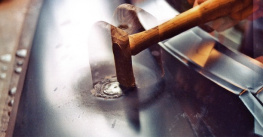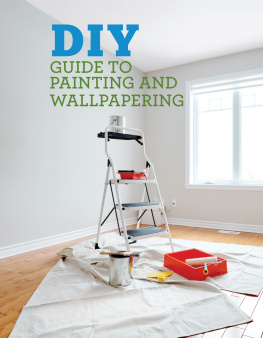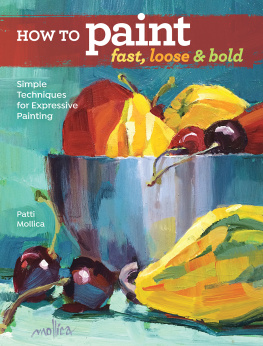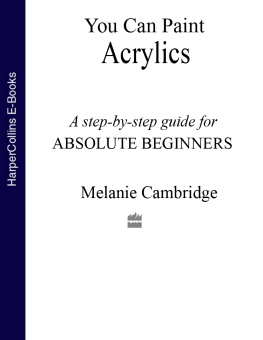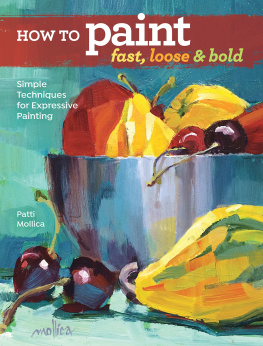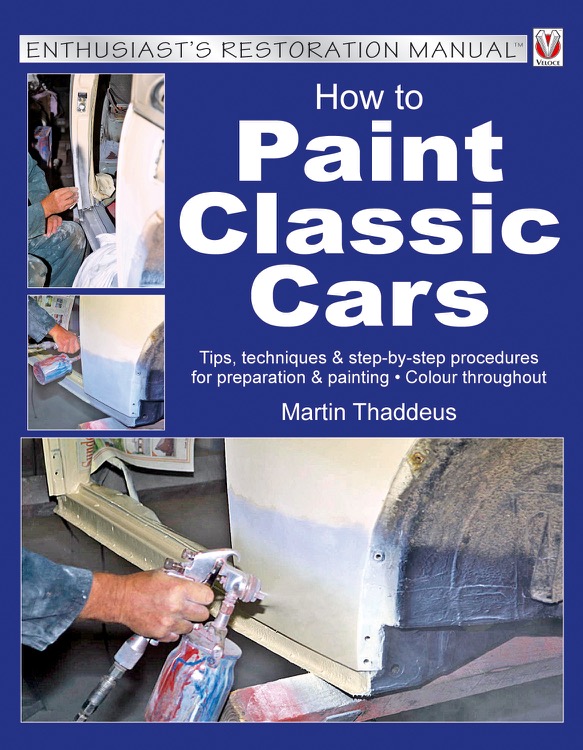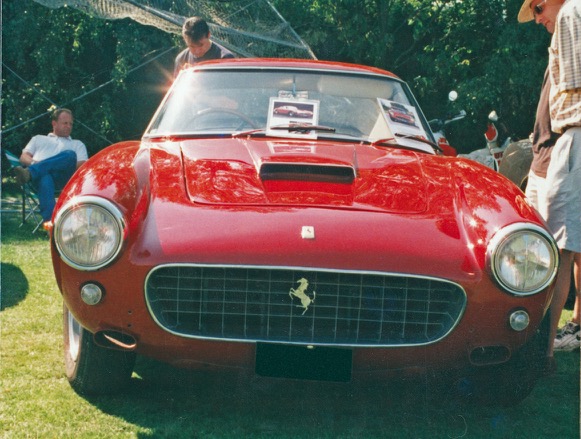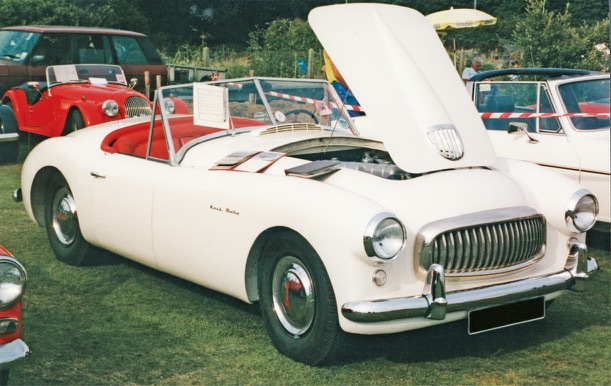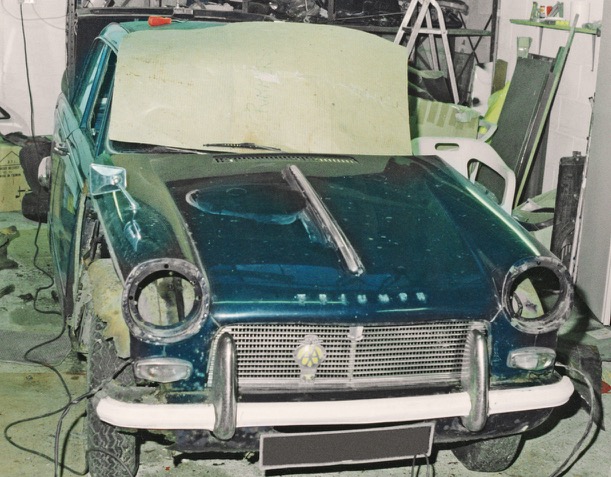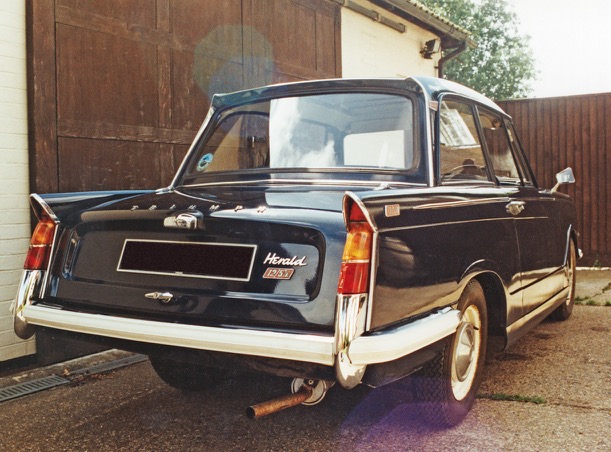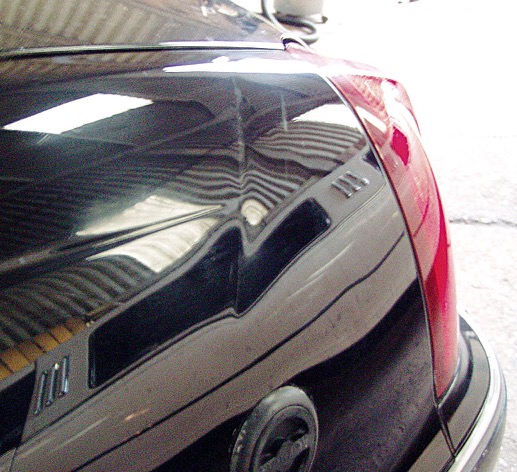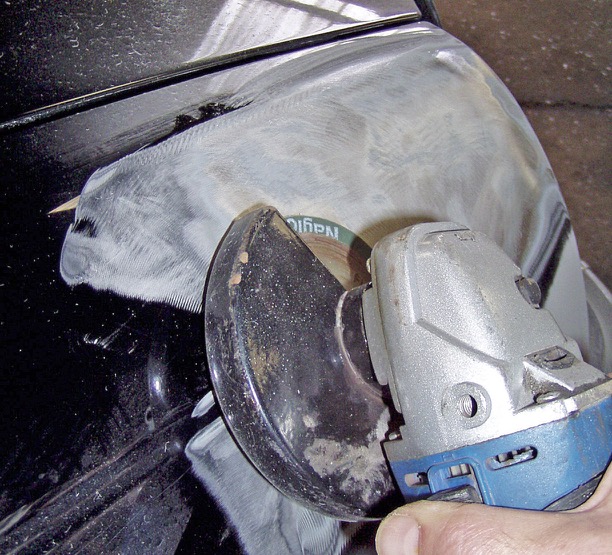First printed in paperback format in 2006.
First published in ebook format 2014 by Veloce Publishing Limited, Veloce House, Parkway Farm Business Park, Middle Farm Way, Poundbury, Dorchester, Dorset, DT1 3AR, England Fax 01305 250479 e-mail info@veloce.co.uk web www.veloce.co.uk or digital.veloce.co.uk.
Ebook edition ISBN: 978-1-845846-42-8
Paperback edition ISBN: 978-1-903706-63-3
Martin Thaddeus and Veloce Publishing 2014. All rights reserved. With the exception of quoting brief passages for the purpose of review, no part of this publication may be recorded, reproduced or transmitted by any means, including photocopying, without the written permission of Veloce Publishing Ltd. Throughout this book logos, model names and designations, etc, have been used for the purposes of identification, illustration and decoration. Such names are the property of the trademark holder as this is not an official publication.
Readers with ideas for automotive books, or books on other transport or related hobby subjects, are invited to write to the editorial director of Veloce Publishing at the above address.
All Ebook design and code produced in-house by Veloce Publishing.
Contents
Introduction
The aim of this book is to help you develop the skills and confidence required to do a first rate paint job on your vehicle. As well as being highly visible, of course, your vehicles paintwork is also its first line of defence against corrosion; so if youre going to apply your own paint, you have got to get it right.
Paintwork is expensive, however, and you may be surprised at the cost of materials (not to mention the paraphernalia involved). Doing the job yourself will save you money, though, and, in my experience, few things in life are as satisfying as finishing off your own repairs with a well-applied coat of paint.
As well as the technical problems of which materials to use and how best to employ them, learning to spray paint requires a good deal of practice (much of the challenge lies in getting the necessary feel for the gun, though masking and preparation have pitfalls to be avoided, too).
Rather than attempt to cover all the various paint systems and formulations that have come and gone over the years, Ill focus here on the techniques and materials employed by the smaller bodyshop, as these are best suited to the home restorer. Where possible, though, Ill also offer advice on how to get around the use of specialist tools and plant.
Because its useful to keep up to date, the book also looks at modern paintshops which use state of the art materials, though these will be beyond most small-time painters. I have drawn upon the expertise of those I use to paint my customers classics, and will show you how I do the same jobs in conditions which are more likely to match those of the enthusiast.
One of the most exciting developments in recent years has been the introduction of custom-filled aerosols. Prior to this, any mention of spray cans in the context of professional repair would have been met with derision. Today, the aerosol is widely used in the trade for such applications as back edges and minor blow-ins, where just a small amount of paint is required.
Although ounce for ounce the spray can is an expensive way to buy paint, this can be offset against the savings that can be made on other materials, such as masking, and, of course, time. The pros and cons of different methods of paint delivery will be looked at in detail later.
Seeing as theres no point in applying decent paint over lumpy bodywork, Ill also show you how to turn out perfect repairs using a hammer and dolly, which are then finished with both modern polyester and the more traditional lead fillers.
Where you spray is also critical to gaining decent results. I will show you the key ingredients for a successful paintshop, and, importantly, point out the potential risks to you and those around you.
A word of caution
Paints are toxic. Isocyanate-based 2-pack paints, for example, if passed through an electrical arc, can denature into something resembling nerve gas! Even the older cellulose formulations, which are widely regarded as benign, cannot be taken for granted as safe.
The manufacturer or your supplier will provide you with all the relevant safety information for the specific materials you purchase, along with the technical details. Follow ALL safety instructions to the letter.
Above: Would these beautiful bodies be as attractive if not clothed in gleaming paint?
Before and after shots of a lovely Triumph Herald.
Chapter 1
Painting the big picture
To be a successful painter requires a good understanding of the stages involved in a paint job, and how these stages affect each other. For instance, filling is much easier if more of the panel is abraded, but this means a greater area has to be primed and painted. Before we get into the specifics, however, it may be helpful to take an overview of the whole process in a real situation.
The bulk of the damage to this Lincoln stretch limo had been popped out before I arrived on site (the damage had been caused by a large gate having been blown onto the rear quarter-panel by a freak gust of wind). Only the crease had to be lifted using a dolly inside the panel and a shrinking hammer on the surface (a bumping file would have worked just as well). With the panel beaten to as near original as I could get it, I removed the paint using an 80 grit soft disc on my grinder. Care must be taken to keep as soft an edge on the paint as possible to limit the amount of primer and flatting required.
A thin spread of filler was then applied and left to harden fully. While waiting for the filler to go off, I cleaned up the grinding dust, which, if left could have blown onto the paint later.
The bulk of the damage has already been popped out leaving just a crease.
Grinder employed to remove paint using an 80 grit disc and flexible backing pad. Be careful to stroke and not dig.

